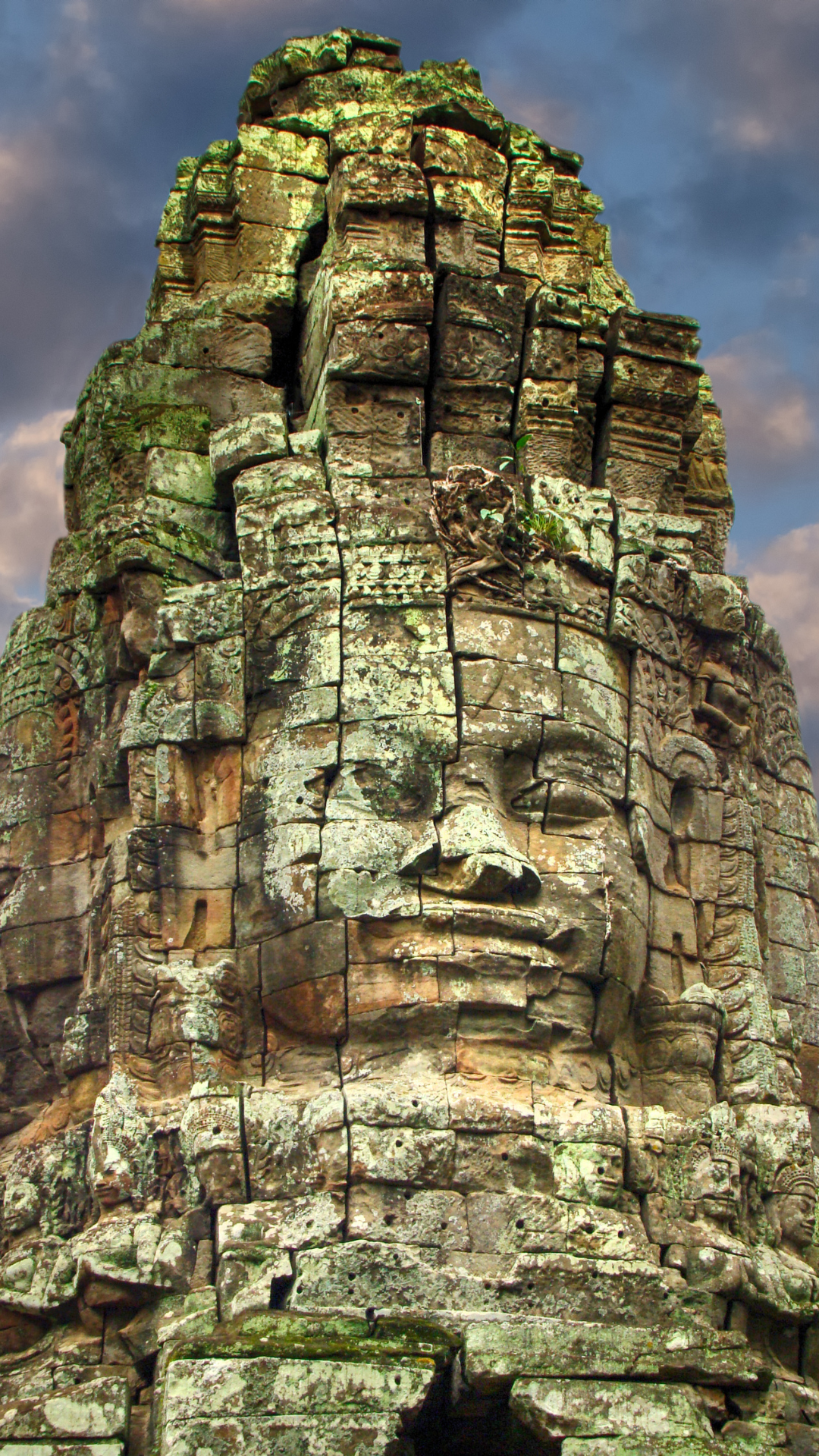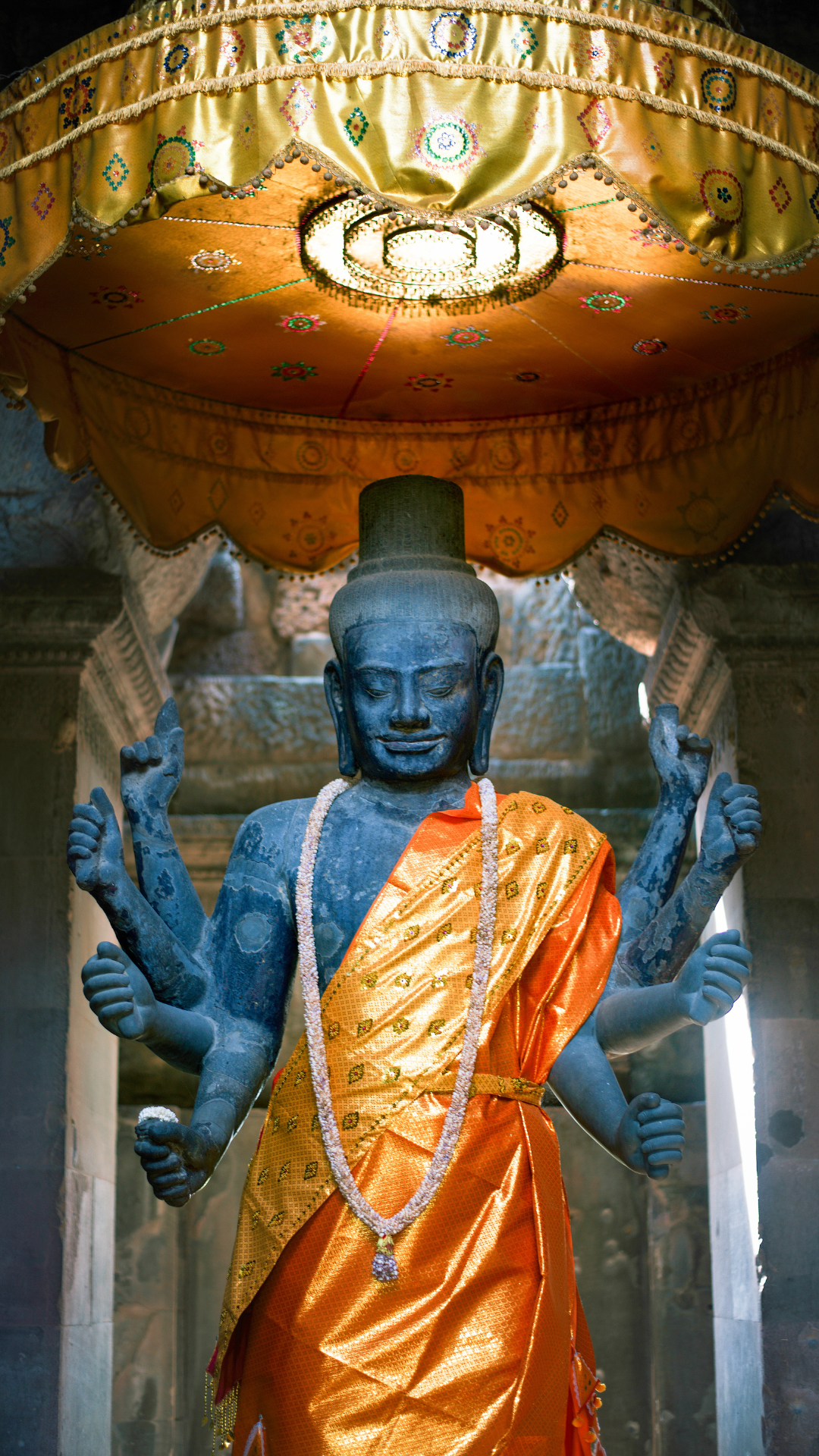Angkor Wat: Immersing in the Sacred and Enigmatic World of Khmer Legends
In the north of Cambodia, close to the city of Siem Reap, is where the renowned ancient monument Angkor Wat may be found. As a UNESCO World Heritage site, it is recognized as one of Southeast Asia’s most significant and well-known landmarks. The world’s largest religious structure is Angkor Wat.
During the time of King Suryavarman II, a king of the Khmer
Empire, work on Angkor Wat began in the 12th century. They built initially as a Hindu temple dedicated to the god Vishnu, but it eventually became a Buddhist temple complex. The temple’s name, “Angkor Wat,” translates to “City of Temples” or “Temple City.”
The massive bas-reliefs, stunning carvings, and amazing
architectural architecture of Angkor Wat have earned it worldwide acclaim. The temple complex haves several levels and galleries and spans an area of around 162.6 hectares (402 acres). The center tower, or prasat, which rises to a height of roughly 65 meters (213 feet), is what makes it stand out the most.
We can reach the main entrance via a great causeway. The moat encircles the temple and symbolizing the ocean of the cosmos. Bas-reliefs that portray a variety of Hindu mythological scenarios, historical events. Outside the walls of Angkor Wat, there were heavenly dancers known as apsaras adorn the
More and more…
Angkor Wat’s design embodies the idea of the “temple-mountain”. Which corresponds to Mount Meru, the fictitious location of the gods in Hindu mythology. The towers of the temple are meant to depict Mount Meru’s summits, while the moat is meant to represent the world’s waters.
Beyond its magnificent architecture, Angkor Wat is significant for other reasons. Both Hindus and Buddhists consider it to be a major religious and spiritual location. The temple has been a destination for pilgrims for centuries, and it still draws people from all over the world who come to behold its beauty and understand its historical and cultural significance.
The Angkor Archaeological Park includes the temple as well as Angkor Thom, Bayon, Ta Prohm, and Banteay Srei among other temples and buildings. Visitors can fully experience the rich history and antiquity of the Khmer Empire by touring the entire park.







It’s important to note that Angkor Wat draws a lot of tourists because of its fame. To get the most out of your trip, we recommend to organize your visit with Mooi – Travel, taking into account variables like the weather, time of day, and peak tourist seasons.